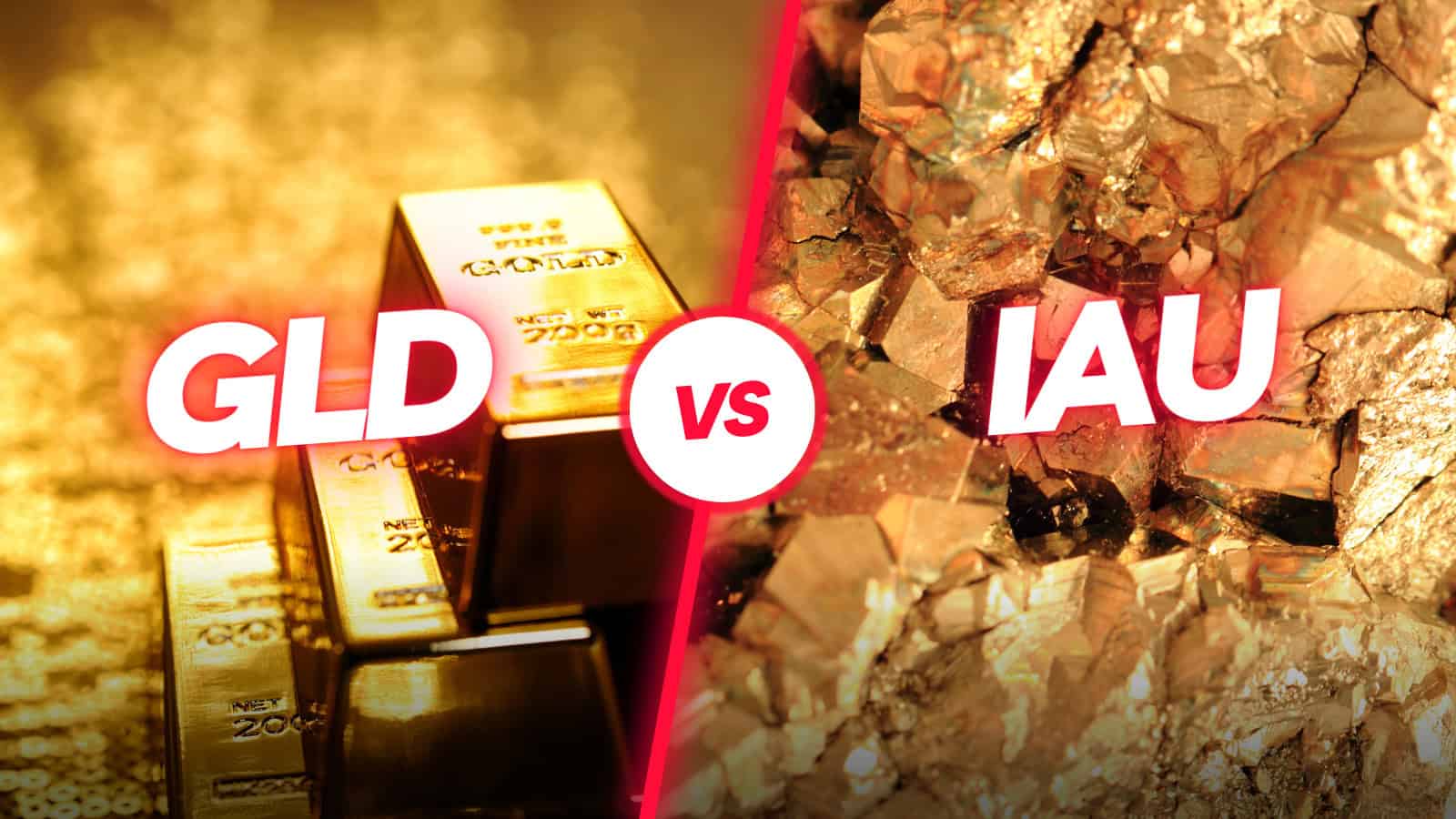
With gold prices pulling back off their highs, dip-buyers may have a golden opportunity to top up before uncertainties and the potential for market volatility drive up demand for the precious metal. Of course, there are numerous ways to invest in gold.
Physical bullion stands out as the most fun way to bet on it, but you’ll need to pay for secure storage, and you may pay a hefty premium to spot. Not to mention, you may face a tougher time selling. I believe the superior alternative is holding onto shares of a gold trust.
The gold ETFs (exchange-traded funds) are more liquid (they’re easier to buy and sell) and more affordable, with less worry about secure storage (many are secured in the most secure bank or mint vaults out there). Sure, it’s less appealing if you’re not able to see and enjoy your physical gold investment. But the benefits of a gold trust, I believe, far outweigh the benefits of stashing gold in a safe in your household or under your mattress.
Key Points
-
Gold ETFs are among the most cost-effective ways to bet on the precious metal.
-
Retiring early is possible, and may be easier than you think. Click here now to see if you’re ahead, or behind. (Sponsor)
In this piece, we’ll look at two of the more popular gold trusts to determine which is a better fit for your portfolio in 2025:
ETF #1: SPDR Gold Trust (GLD)
For many, the SPDR Gold Trust (NYSEARCA:GLD) is a gold ETF that can be picked up without a second thought. The ticker alone makes it an attractive option for those looking to place a bet on the precious metal. With a 0.40% annual management fee, you’re getting a competitively-priced product, but one that’s far from being the cheapest on the market.
Still, the impressive liquidity of the GLD and the trust in the firm backing the ETF may very well be worth the added expense. Apart from the attractive ticker, the hefty trading volume makes GLD worth its weight in gold, especially if you’re a larger investor who plans to trade in and out of the ETF over the coming quarters and years.
At $244 and change per share, the GLD is much pricier than some of the other gold ETFs on the market, many of which boast prices in the double digits. However, the lower share price isn’t a major factor for gold investors looking for significant exposure.
ETF #2: iShares Gold Trust (IAU)
The iShares Gold Trust (NYSEARCA:IAU) is another gold ETF you can’t go wrong with. Shares go for around $50 per share and boast a very attractive 0.25% expense ratio (it’s a sponsor fee). Though the IAU may not be as liquid as the GLD on any given day, it’s still extremely liquid, especially if you’re a retail investor who’s not looking to trade a massive number of shares.
While I’d say it’s a toss-up between the IAU and the GLD, I do think the IAU is a more investor-friendly option given the lower fee, lower share price, and still-impressive liquidity. Also, iShares is a heavyweight champ as far as ETFs go, making the ETF offer a potent bang for one’s buck.
Unless you think the “GLD” ticker symbol is worth paying an extra 0.15% fee, the IAU is a solid option to get the job done. Additionally, it is worth noting that the GLD may be viewed as a more popular option among big-name investors and hedge funds. The heftier expense ratio may be worth paying if you want to invest alongside the greats in the same security. For most folks who want the cheapest way to bet on gold, it’s tough to stack up against the IAU. It’s a retail investor favorite for a reason.
The bottom line
In short, the differences between the GLD and IAU are not drastic. There are minor differences that could make either gold ETF the perfect fit for their portfolio.
If I had to pick one, the IAU would win simply because it’s the more cost-effective option, with a sponsor fee of a mere 0.25%. If you’re a long-term investor willing to settle for less liquidity, the SPDR Gold MiniShares (NYSEARCA:GLDM) may be an even more compelling option with an absurdly low 0.1% expense ratio.
Get Ready To Retire (Sponsored)
Start by taking a quick retirement quiz from SmartAsset that will match you with up to 3 financial advisors that serve your area and beyond in 5 minutes, or less.
Each advisor has been vetted by SmartAsset and is held to a fiduciary standard to act in your best interests.
Here’s how it works:
1. Answer SmartAsset advisor match quiz
2. Review your pre-screened matches at your leisure. Check out the advisors’ profiles.
3. Speak with advisors at no cost to you. Have an introductory call on the phone or introduction in person and choose whom to work with in the future
Thank you for reading! Have some feedback for us?
Contact the 24/7 Wall St. editorial team.






